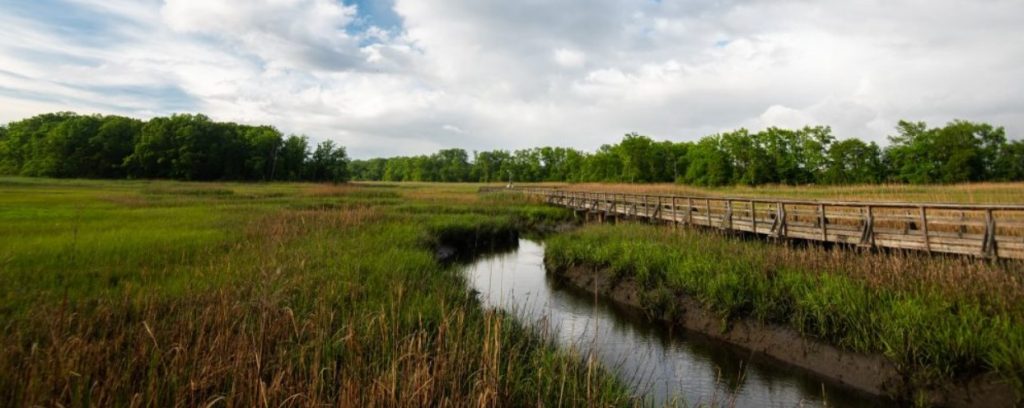Parks, open space, natural areas, forests, wildlife habitat, greenways, and waterways are all part of Delaware’s environmental legacy – a legacy which is part of everyone’s quality of life. Delaware’s open spaces provide not only a haven for wildlife and native plants, but also a retreat and escape from the work-a-day world and an opportunity for healthy recreational activities.
The DNREC Open Space Program, guided by the Delaware Open Space Council, coordinates the acquisition of each of these parts of the landscape by expanding state parks and preserves, fish and wildlife areas, state forests and cultural resource sites. These management areas include some of the finest examples of Delaware’s diverse natural and cultural heritage.
The Open Space Program operates under the Delaware Land Protection Act (7 Del. Code, Chapter 75).
The program sets and follows an Open Space Program Plan with a long-term goal of providing all Delaware residents and visitors with maximum opportunity to enjoy the outdoors and Delaware’s natural assets. It does this by pursuing a number of connected objectives:

To protect and conserve all forms of natural and cultural resources.
To protect and conserve the biological diversity of plants and animals and their habitat.
To protect or expand existing or planned parks, forests, wildlife areas, nature preserves or other recreation, conservation, or cultural sites.
To preserve sites of special natural, cultural, or geological interest.
To connect existing open spaces into a cohesive system of greenways and resource areas.
To provide for public outdoor recreation.
To allow for water resource conservation.
In order to ensure goals and objectives are met, each property is evaluated using the Guidelines to Evaluate Land Being Considered For Permanent Protection.
The Open Space Program works to leverage federal funds and private money with open space funds. It encourages donations through the promotion of tax benefits, and legacy and estate planning tools. And it targets conservation easements to protect areas that aren’t immediately adjacent to already-protected lands.
Kerri Batrowny
Preservation Planner
K. Clare Quinlan
Conservation Land Acquisition Specialist
Div. of Historical and Cultural Affairs
Suzanne Savery
Dir. and State Historic Preservation Officer
Chris Miller
Deputy State Forester
State protection of public lands in Delaware goes back to the early 20th century. In 1927, the Forestry Commission paid $100 for 58 acres to begin Redden State Forest. In 1932 the Board of Game and Fish Commissioners acquired 3.5 acres at Raccoon Pond, starting a history of protecting state ponds and wildlife areas. In 1947 the federal government turned Fort Delaware over to the State Parks Commission; it became a state park in 1951.
From the 1950s through the 1980s, open space lands were purchased using special state appropriations and federal grants funds. In 1986, after a major decrease in federal funds, a Delaware Land and Water Conservation Trust Fund was started with private donations and limited state funds.
In 1987, then-Governor Castle established a 3-year, $21 million state program, known as the Governor’s Land Acquisition Program. It added to the Trust Fund and targeted specific open space priorities for acquisition.
In 1990, the Delaware Land Protection Act (7 Del. Code, Chapter 75) laid out the method for prioritizing and preserving conservation and recreation lands. It established the Delaware Open Space Council to help oversee the Open Space Program.
Related Topics: open space, outdoors and recreation, parks